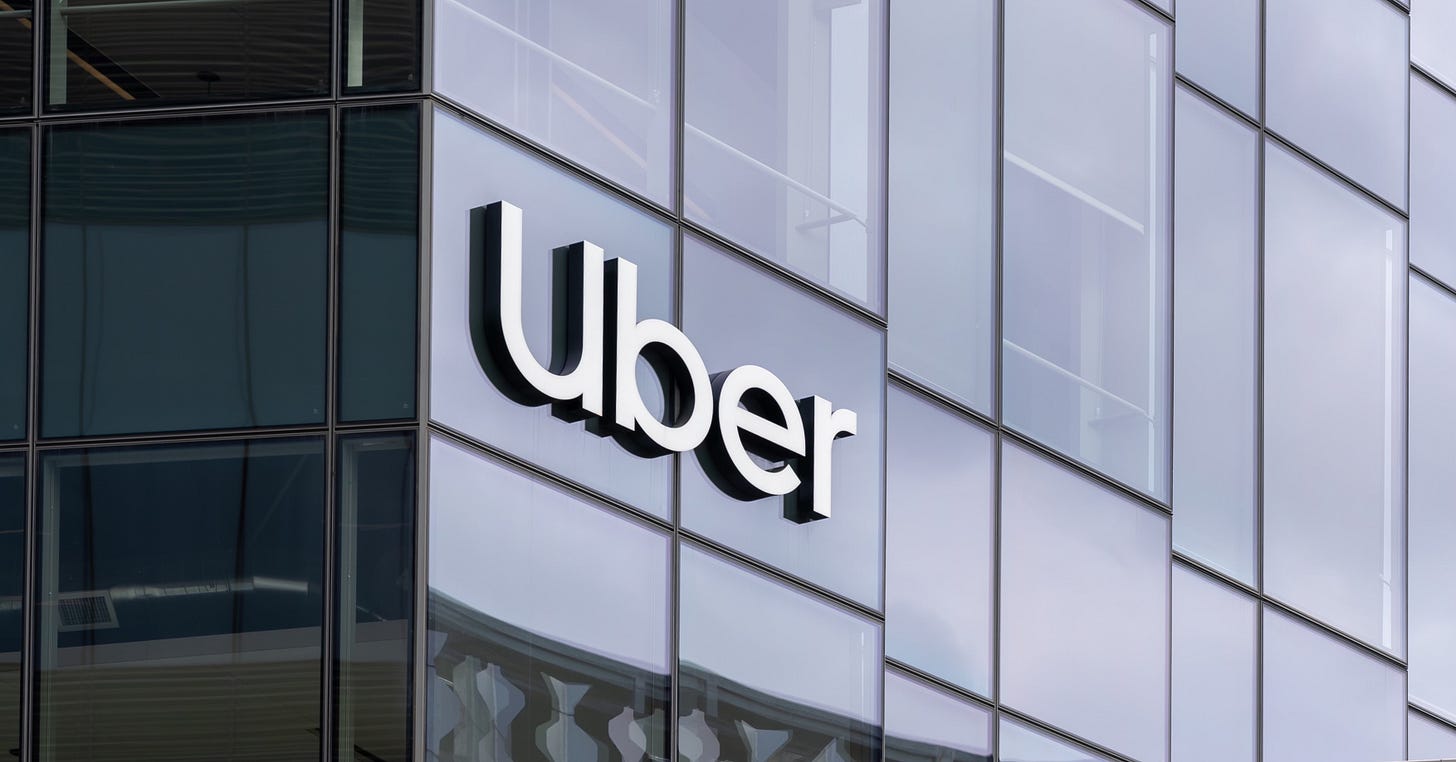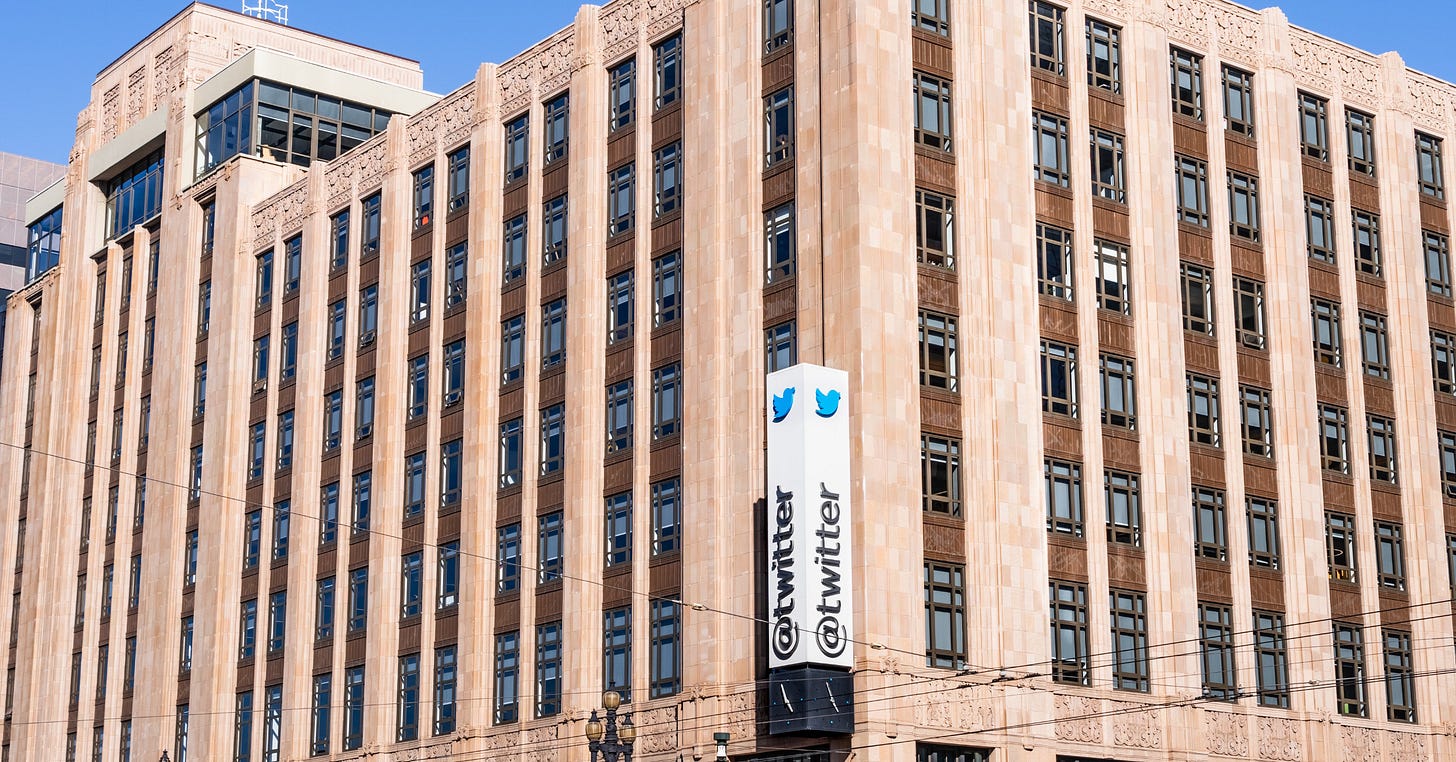San Francisco’s 2010s Post-Mortem
Can the City by the Bay recover from its latest bust?
I’ll never forget a 2017 Uber Pool ride. I ended up next to a fresh-out-of-college software engineer who had just moved to San Francisco. We got to talking, and at some point, he asked me what I was “doing here.”
I told him I was an architect.
He paused. “Oh, like a cloud architect?”
“No. An actual architect.”
“You mean, like, buildings?”
“Yes.”
And that was it. He just stared, confused that anyone in San Francisco was building physical things instead of software.
That exchange sums up the city in the 2010s: everything was digital first, real-world second. Apps were the new architecture. Reality was a sandbox you could bend, or bulldoze, if it got in the way of scaling.
The App Era: Move Fast, Break the City
Uber, Airbnb, Lime, TaskRabbit, Postmates. The so-called “sharing economy” was born here, but “sharing” was mostly a euphemism for avoiding regulations.
Uber thrived because taxis were a cartel with terrible service, protected by a medallion system that strangled supply. The app blew that up.
Airbnb started as a couple of guys renting out air mattresses for conference-goers who couldn’t find hotel rooms. Within a few years, it was a global hotel-killer, and the target of tenant groups and city councils everywhere.
Both companies, and their peers, rode a wave of bottomless venture capital, the rise of the smartphone, and a political climate that was too slow to react. By the time regulators mobilized, the companies had scaled to the point of inevitability.
Tech vs. San Francisco
The tension wasn’t just economic. It was cultural.
San Francisco wasn’t a blank canvas before the boom. It was a place with its own history, politics, and community fabric. And that fabric started tearing. Google buses were vandalized. Protesters screamed about “tech bros” gentrifying the Mission.
Kim-Mai Cutler’s 2014 piece in TechCrunch nailed it: SF is a “semi-sovereign city,” progressive politics obsessed less with creating wealth and more with protecting the city from wealth’s side effects. Old San Francisco saw itself as defending character, culture, and control. New San Francisco wanted disruption at any cost.
Mayor Ed Lee tried to bridge the gap with the famous “Twitter Tax Break,” luring tech companies into the derelict Mid-Market corridor. For a while, it worked. Twitter, Uber, Square, Dolby, Zendesk, and others moved in. Restaurants, cafés, and small businesses followed. But activists saw it as an invasion, not revitalization. The city’s political establishment treated tech like a goose laying golden eggs while quietly sharpening the knife.
The Housing Wars
From 2012 to 2017, San Francisco felt like it was booming again after the Great Recession. Optimism was everywhere. But prosperity came with a catch: housing.
Prices skyrocketed. A new political movement, YIMBY (“Yes In My Backyard”), emerged, arguing for more housing construction. Tech embraced it quickly. Activists fought back just as fiercely, framing it as a cover for greedy developers destroying neighborhoods.
Housing became the defining political issue of the decade. Moderates wanted market solutions. Progressives wanted subsidies and restrictions. Neither side had the vision, or the competence, to actually build enough homes.
Instead, billions of tax dollars flowed into nonprofits that maintained the crisis rather than solving it. The result: no one won, and the city kept losing.
Death by a Thousand Cuts
By the late 2010s, San Francisco was fraying.
Street conditions deteriorated. Chesa Boudin was elected DA on a decarceration platform, fueling lawlessness. The School Board prioritized renaming schools over improving them. It felt like the city was more interested in symbolism than substance.
Then COVID hit. Lockdowns drained downtown. Tech workers fled, many for good. The golden goose of the 2010s was dead, not because of a grand conspiracy, but because of a perfect storm of incompetence, infighting, and inertia.
Can San Francisco Recover?
The city has been here before, booms followed by busts, waves of prosperity followed by backlash. But this one feels different. Remote work hollowed out downtown. Tax revenues shrank. The political machine doubled down on dysfunction instead of reform.
And yet, this is San Francisco. Reinvention is in its DNA. Whether the next boom is AI, biotech, or something we cannot see yet, the city has the raw ingredients to thrive again. The question is whether its leadership, and its people, are willing to learn from the 2010s.
Because if they’re not, the next Uber Pool conversation won’t just be awkward. It will be a cautionary tale.



